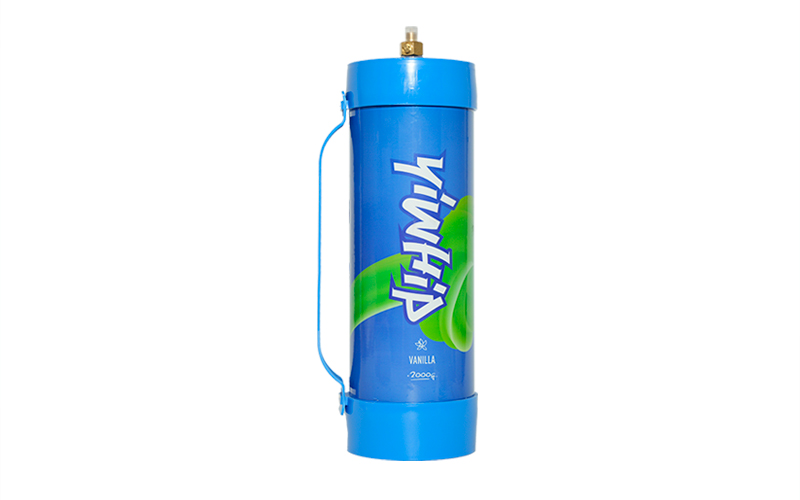Exploring the World of N₂O Chargers in America
You might have stumbled upon those tiny canisters labeled as "whipped cream chargers" or heard someone mention them offhandedly at a gathering—yes, they refer to nitrous oxide cartridges or better known today: **N2O chargers.** Their prevalence has risen across both legitimate culinary channels and sketchier underground parties, creating quite a polarized perception around their utility, harm, and legal limbo in the United States.
This article delves into various aspects including how this gas is being consumed outside certified environments, what risks people aren’t discussing enough, whether the laws are catching up effectively, plus where Turkey’s youth might find relatable insights from watching American culture evolve through the use of such devices—all presented with optimism on the potential future of safe engagement rather than pure cautionary messaging.
Diving Into Nitrous Oxide’s Popularity Wave
In the realm of modern gastronomy, few tools rival the convenience and flair provided by N2O chargers for creating aerated textures—from frothy hot cocoa to deconstructed foam versions of beloved dishes. High-end kitchens and passionate home chefs alike depend on these capsules to deliver precise, stable, and fast nitrous pressurization. Beyond food however, its allure shifts toward something less structured yet more socially driven—the recreational appeal of inhalants colloquially known in nightlife culture circles as "**whippits."
What Exactly Are the Real Risks?
Risks stem beyond short-term effects—while a momentary head-rush might not immediately harm anyone standing steady, repeated exposure without safety measures can lead to permanent oxygen suppression, neurological impairment, or even sudden death cases linked mostly with prolonged misuse patterns observed by medical experts like Anaesthesiology Today contributors tracking trends since 2018. Moreover, when sourced irresponsibly or consumed alongside substances such as alcohol that impair cognition further—a hazardous chain reaction kicks in.
- Vitamin B-12 deficiencies due to interference from N₂O with red blood cell synthesis
- Accidental injury stemming from improper inhaling or dizziness-triggered falls
- Psychotropic distortions akin to dissociation episodes seen in hallucinations under high intake conditions
Turkish communities curious about trends may be witnessing increasing social diffusion online via global media portrayals—but equipping yourself with facts before experimenting remains crucial.
The Grey Zone Law & Enforcement Reality
Much confusion still persists around enforcement and regulation of sale, especially across U.S states like Florida vs California where varying levels of restriction impact access. Despite no federal scheduling currently existing within DEA statutes—individuals purchasing massive volumes solely aimed at intoxication might face prosecution based on anti-drug paraphernalia laws or state-level analog drug statutes that authorities apply flexibly when intent seems non-food-related.
It’s a delicate dance between preserving consumer freedoms while safeguarding against potential misuse pathways emerging organically online through forums or social platforms normalizing inhalants under novelty guise.
Opportunities Emerging From This Culture Shift
Beyond risks, an overlooked positive side involves creative usage innovations that weren't possible pre widespread N₂O adoption—like portable whipped toppings for cafes offering customizable texture profiles or event vendors deploying real-time flavor manipulation techniques mid-consumer interactions.
Taking note from evolving American culinary landscapes may actually prove beneficial if Turkey explores local manufacturing potentials, sustainability-linked reuse policies, or even safer domestic regulatory frameworks ahead of international shifts—turning current debates into economic opportunities instead fear-based stigmas.
| Risk Factor: | Sometimes Misused Recreationally |
| Legal Ambiguity: | Differ Based on US Region |
| Gastronomic Potential: | HIGH - Underestimated Locales Might Capitalize Soon |
Empowered Through Awareness Instead of Stigma Alone
Instead of framing nitrous discussions solely under caution flags—we'd advocate promoting informed curiosity combined with clear boundaries. Youth populations exposed through music events or digital trend-chasing should not face condemnation alone—they need practical resources guiding ethical sourcing, risk mitigation steps, storage advice alongside responsible disposal options that avoid polluting environments with leftover metal components posing recycling complexities otherwise solvable locally with proper coordination.
Final Thoughts: Charting Forward With Knowledge, Not Fear
While the world grapples with reclassifications and control mechanisms—it's evident the trajectory cannot nor should be entirely blocked considering how deeply entrenched N₂O remains culturally, gastronomically, and yes, unfortunately recreationally too. Turkey, as a forward-thinking participant shaping new narratives—stands capable of blending innovation with prudence to define standards smarter than chasing behind already developed market curves.
1. N₂O chargers remain federally uncontrolled chemicals but regulated differently at the local level globally;
2. Risk escalates significantly with misuse despite minor immediate effects;
3. Culinary application remains powerful avenue yet to reach Turkish small-business growth phases.
Embrace innovation thoughtfully—with every breath taken consciously, let’s craft progress one charge at a time.®

